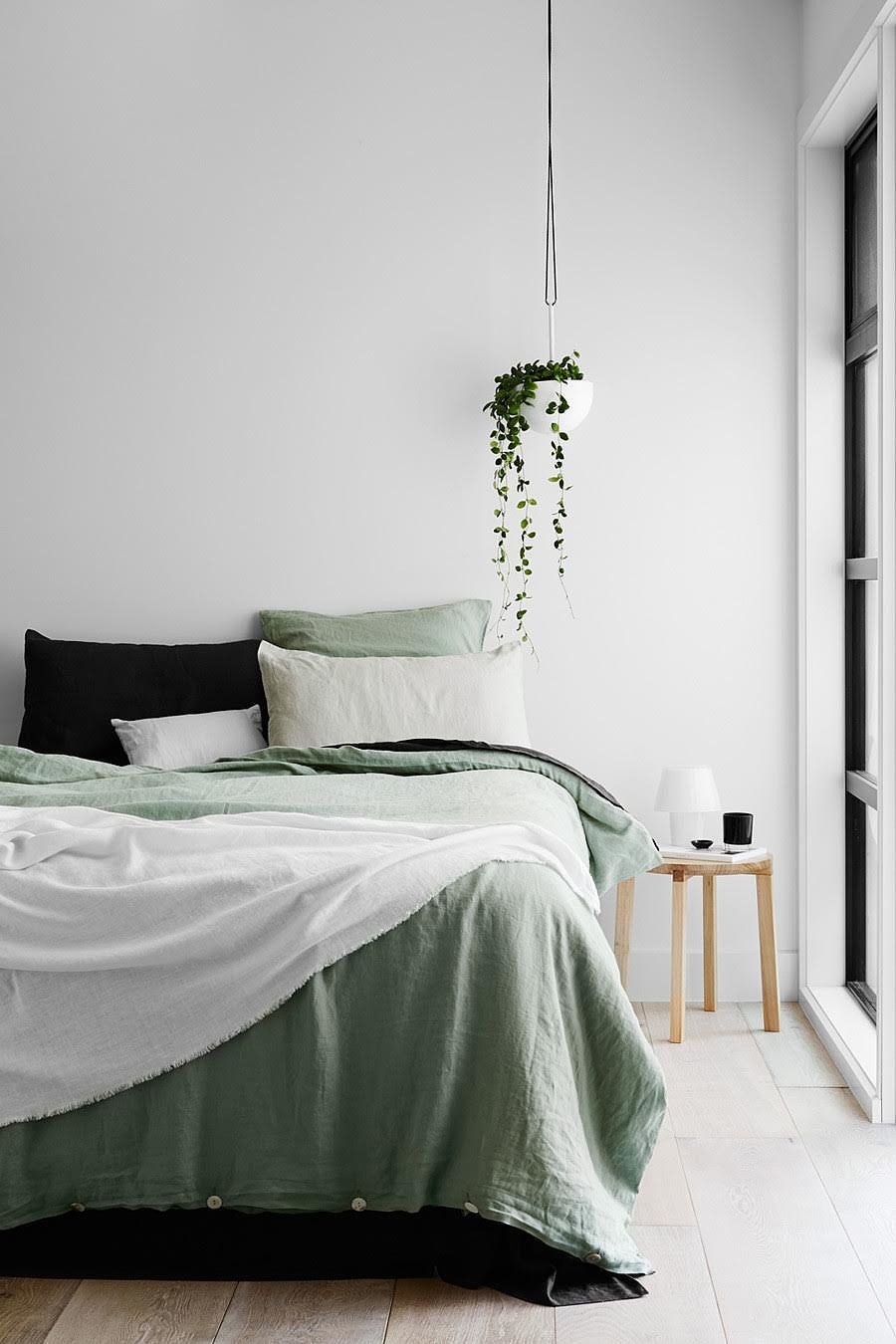For years now, we've been conditioned to correlate a high thread count with high quality in bed sheets, but it turns out there are far more important quality metrics than thread count. In fact, sheets with a low thread count but high-quality fiber can actually be better than sheets with high thread count and low-quality fiber. To learn what we should really be paying attention to when shopping for sheets, we spoke to the experts at luxury bedding company CULTIVER.
Here are the five things they said to look at before purchasing:
Fiber
This is a great place to start your sheet search. Consider your personal preferences and climate, and shop for a fiber accordingly: for example, Egyptian cotton's acclaimed comfort is due to its long staple fiber. Longer fibers create silkier-feeling sheets. Breathable fibers, like cotton and Cultiver's signature linen bed sheets, are great in warm climates because they're breathable and moisture-wicking. For cool climates, a natural insulator like silk is a great option. Polyester blends are great for those on a budget because they're inexpensive and durable.
Weave
The weave, or the manner in which the threads are interlaced, determines the way the sheets feel and look. Weaves with an even amount of vertical and horizontal yarns, like those used in high-quality percale sheets, create crisp, durable sheets. By contrast, sateen weaves have more vertical than horizontal yarns, giving them a shiny look and silky feel, but making them more susceptible to wear. When a weave is low quality, the info is often omitted from the label altogether.
Location
You already know what type of fiber and weave you want — next, note where the sheets are made. Some countries, France and Italy in particular, are known for their sheet-making skills. Even if the fabric is coming from elsewhere, it's always a plus to have the sheets made by master craftspeople.
Dye
Inexpensive sheets apply color and patterns to the fabric after the sheets are already woven, which can make them stiff, especially initially. With time and washings, they'll usually soften up. Pricier, but much softer, sheets are made from yarn-dyed fabrics that have been woven with colored yarn.
Finish
Some sheets are treated to be wrinkle-free, nonshrinking, or extra shiny — but dangerous chemicals are often used to create these finishes. It's always a good idea to seek out pure and organic sheets. They're better for everyone's health and a must for those with sensitive skin or allergies.
From:Popsugar

No comments :
Post a Comment